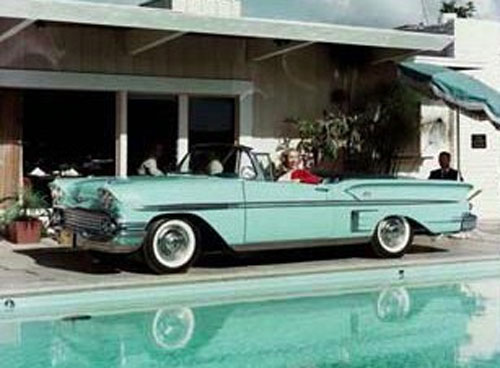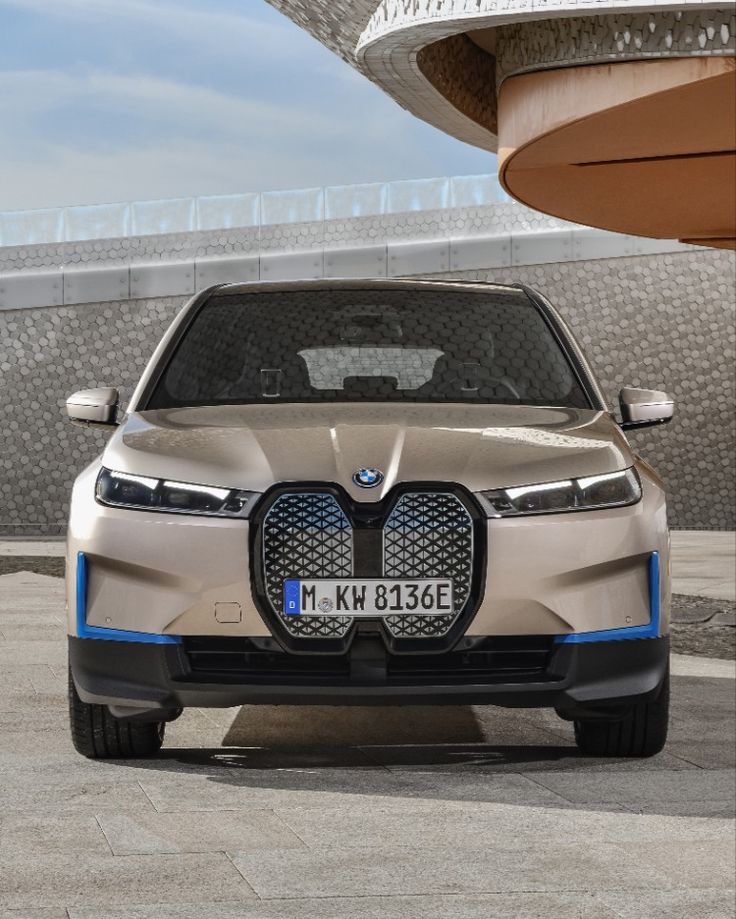
It is important to check the year of the Lincoln Continental that you are considering buying. The Continental's original model was discontinued in 1993. But, it was restored for the 1980s. The Lincoln Continental was built to compete against the Cadillac Seville or the Imperial. The model's styling was distinctive and distinguished it from the Ford Granada, Mercury Cougar and Imperial. The platform was shared with the Ford Fox's Mercury Cougar, Ford Fox, and Granada. The Continental shared its wheelbase also with the new Continental Mark VII. This model was introduced to the market for the 1984 model years.
Model year 1993
Four recalls have been issued to the Lincoln Continental in the 29-year history of the model. The 1993 model was no different, with 4 recalled vehicles. Let's take a look at each one. The 1993 Lincoln Continental is unique in many ways. The 1993 Lincoln Continental features a redesigned center console that includes a floor shifter, an armrest, and a cup holder. The interior is extremely spacious, as well as the large trunk.
1994 Model Year
The fourth-generation Lincoln Continental was made in three body styles: the Sedan (convertible), and the wagon. It was the fourth-generation four-door convertible, and it featured a power operated retractable hardtop. The Continental also featured a retractable "breezeway" rear window first introduced in the Mercury Turnpike Cruiser in 1957. The same styling principles were followed by the second generation Continental, which featured frameless door glass.
1995 Model Year
The base price for the 1995 Lincoln Continental was $40,750 and increased to $74,500 by the time production ended in July 2002. The Continental received some refinements as well, including a more advanced suspension system, adjustable steering effort and seat-mounted side airbags. Additionally, the sedan received a split bench front seat and a powered sunroof. The 1995 model can still be purchased, even though production ended in July 2002.

Model year 1996
The Lincoln Continental, tenth-generation, introduced a new front design theme for its Lincoln division. Standard equipment included a door lock with an electrically latched handle. A button was located near the door pull handle to unlock the door. A beltline window trim was used to integrate exterior door pulls, which is a nod to the third-generation Ford Thunderbird. These changes were accompanied by an all-new, more comfortable seating position.
Model year 1997
The 1997 Lincoln Continental was Lincoln's last model. It was a luxury car and ranked high in this category. The second owner purchased the vehicle with just 13,000 miles. This luxury car has been driven for 16 years and only needed minor repairs to stay in good condition. The transmission and levelers were changed at 50,000 miles and 93,000 miles respectively. The car's interior was spacious and comfortable. It was also equipped with many amenities. The suspension could also be adjusted for comfort or control.
Model year 1998
The interior of the 1998 Lincoln Continental is a step up from the previous model. It boasts new interior trim, such as bird's eye maple and textured suede on the dashboard. The cabin is more spacious than the previous model with a smaller back and a larger cabin. It does have less interior space than Seville. The 1998 Lincoln Continental's exterior design is still modern, but it offers great value.
1999 model year
The Lincoln Continental model 1999, which is 5 and 7 inches smaller than its predecessor the Chrysler Town Car, is much more narrow than its predecessor. It also has a significantly better engine. The DOHC engine of the Continental's V-8 at 4.6L is now available. While the Town Car's V-8 has single overhead cams and is SOC, it is DOHC. This resulted in an increase in horsepower, from 260 hp to 275 hp at 5,750rpm.
Model year 2000
The new V8 engine in the Lincoln Continental is one of the biggest changes since the last generation of this luxury sedan. This engine produces more power than the previous generation of the car, and it is faster, more agile, and packed with electronic gadgetry. It can achieve 16.3 mpg while matching the acceleration of a Cadillac Seville SLS. The Lincoln Continental also came with the latest electronic suspension. But it doesn't really impress. Normal mode has the best suspension performance.

Model year 2002
Model year 2002's Lincoln Continental is nearly the same. A new exterior color is available, as is a Vehicle Communication System (VCS), which includes a portable digital-to-analog phone. A power moonroof is included, as well as a six-disc changer. The cabin is roomy, with seating for up to six passengers. The warranty on the Lincoln Continental is still valid for four years or 50,000 miles.
Model year 2003
The Lincoln Continental was the final car in the Continental lineup for model year 2003. Its style isn't the only reason it has been so successful. Its interior was based on concepts from the 1961 Continental. It featured retro-looking gauges on the dashboard and hidden infotainment capabilities. It was also one among the most luxurious cars on the market. The interior design of the 2003 Lincoln model was outstanding.
FAQ
What qualifications do I need to be a truck mechanic?
This job requires you to be a skilled mechanic, although you do not need any formal training. You are a valuable asset as you can quickly diagnose and solve problems efficiently.
You also have an excellent knowledge of diesel technology which will help you to understand what parts are needed to repair our vehicles.
What are the requirements for an automotive technician?
You need to have high school diploma or GED and good grades in English as well as maths. Also, you must be able read and write. After passing a written test, you will need to complete a series of practical tests before you are allowed to begin working.
Are you looking for a career as an automotive mechanic?
The automotive industry is full of exciting opportunities for those who are dedicated to excellence. You can only succeed in this field if you work hard and learn from others.
Excellent communication skills are essential as you will spend most of the time speaking to customers or other employees. You must also be willing and able to travel long distances, which can make it difficult to commute.
If you're interested in pursuing a career in automotive, consider taking classes at community colleges and universities. Many schools offer programs specific to students interested in sales, auto repair, or customer service.
Studying mechanical engineering is an option if you're interested in pursuing a degree. It is possible to earn a bachelor’s degree in only four years.
Many companies will also hire graduates right out of school. So it's wise to start looking for employment while you still have the chance to study part-time.
Once you've completed your education, you'll probably need to complete some form of training before being able to take up a position as an automotive technician.
This means you'll need to pass exams such as the Automotive Service Excellence (ASE) certification exam. This test covers topics like engine maintenance, brakes system, suspension, and many other subjects.
Once you have passed the ASE Test, you are eligible to apply for a National Institute for Automotive Service Excellence License.
You can perform repairs on private cars by obtaining a license. You'll be paid based upon the number of services provided.
Not all states require licensing. However, if you plan to work outside your home state, you'll need to obtain a license.
Some states will not issue licenses until an individual has completed certain training. If this applies to you, then you may need to find another option.
Is it really worth becoming a mechanic.
The answer to this question will depend on your goals for life. If you are looking for financial gain, then yes. However, if purpose and meaning are what you seek, then no.
It's not worth learning mechanics if you don’t have the skills. You'll waste your time. It's not going to make you rich. It won't make you famous. It is unlikely that your life will change.
You'd need to spend years learning how everything works. This would mean that you would have to pay someone else for your car's repair. Most people won't bother to do it. They find something better.
You can make a lot of money if you are looking to do well. However, if you want to have a meaningful and fulfilling life, avoid the mechanic's trade.
How can I fix my car as a hobby?
Take up a hobby in car repair if you have an interest. You can learn to fix them, buy them parts, and even sell them. It's a fun hobby that you can do if it interests you.
However, it's not easy to turn this into a full-time career. It takes a lot of dedication and hard work. It will also require a large amount of investment.
You may not be able to have an emotional connection with cars unless there is a valid reason.
Is it important which college I go?
No, not really. In terms of getting into the auto industry, there is no distinction between colleges. There are some schools that offer more specific programs than others.
Statistics
- The U.S. Bureau of Labor Statistics (BLS) reports that the job outlook for automotive service technicians and mechanics is expected to decline by 4% from 2019 to 2029. (indeed.com)
- There were 749,900 jobs available for automotive service technicians and mechanics in 2016, which is expected to grow by six percent through 2026. (jobhero.com)
- According to the BLS, the median annual salary for automotive service technicians and mechanics in the United States was $44,050 in May 2020. (uti.edu)
External Links
How To
How to properly diagnose your car for repair
First, look at the symptoms of your car to determine if it needs repair. Follow these steps to properly diagnose your vehicle.
-
Check engine lights. Inspect the dashboard light indicators. These include the engine lights, the oil pressure gauge and the battery light indicators. The RPM gauge and coolant temperature gauge should also be checked. You may have a problem with your vehicle if any of the indicators are flashing for more than a few days.
-
Examine the treads of the tires. Tires with worn treads could cause problems when handling or braking. It is also important to inspect the wheel treads. They should be smooth and clean. You can do this by taking off the wheels. You can check the tread wear with a flashlight.
-
Observe the brake fluid level. It is important to keep track of how much brake fluid you have in your car. You can ensure that your brakes are working properly by monitoring the level of brake fluid in your vehicle. If your brake fluid level is low they might not work properly when you apply pressure.
-
The suspension system should be tested. The suspension system in vehicles absorbs vibrations and shocks. It allows for better control, smooth acceleration, and deceleration. Your vehicle might feel wobbly, or shake uncontrollably if it has a bad suspension. To test whether your vehicle has a suspension issue, try putting weight on the front or rear axle and observe the movement.
-
Examine the steering column. The steering column connects the steering wheel to all other components of the vehicle. Accidents often damage steering columns. Replace it if your steering column feels loose or unsteady.
-
Pay close attention to the exhaust tube. Exhaust pipes move gases from combustion chamber to atmosphere. You can let harmful fumes into your home if your exhaust pipes crack or leak. You should also fix any bent tailpipes immediately.
-
Take a look at the underside of your hood. To check for unusualities, look under the hood. Fluids could be leaking from your engine. If you smell something strange coming from your engine compartment you should call a professional technician.
-
You should inspect your air filter. The outside environment can collect dust and other debris in your vehicle's air filters. A dirty filter can lead to a poor vehicle's performance. Replace your air filter regularly.
-
The fan belt should be checked. The fan belt is the link between the engine and the transmission. If the fan belt fails, the engine won't start. It is easy to replace the belt. All you need are a screwdriver & pliers.
-
Make sure you inspect the radiator hoses and hoses. The radiator hose transports water from radiator to engine. It can crack or become damaged and leak hot liquid onto an engine. To repair the leaky hose, all you need is a pair if needle-nosepliers.
-
The windshield wipers should be checked. Windshield wipers work by using electricity to remove rain and snow. If they stop working, they could leave streaks on your window glass. Simply change the washer oil to fix the problem.
-
You should inspect the cables. Your car's electrical system is powered by batteries. Before you change batteries, disconnect the positive cable. Failure to do so can damage your alternator.
-
You should check the headlights. Headlights help you see the road ahead. Bad visibility can be caused by headlights that don't work correctly. Check the bulbs to see if they've burned out.
-
Be sure to check the lights. If you approach other drivers at night, lights will warn them. You may be distracted by the light and end up in an accident.
-
Check the brakes. Brakes will reduce the speed of your car in case of an accident. If the brakes fail to work correctly, your car could lose control and collide with another vehicle.
-
Check the oil regularly. Oil keeps your engine lubricated. It helps prevent metal parts from wearing out too quickly. It is recommended that the oil be changed every other month.